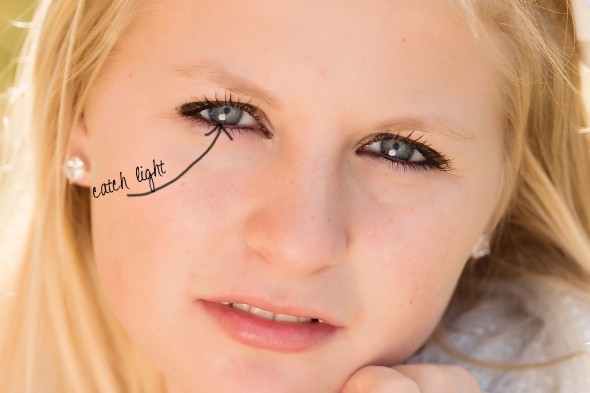
But there are a few tricks to getting the most from a reflector. Watch how the light changes as you adjust the angle, and find the angle that works the best for your shot. Using a photography reflector is rather straightforward - simply hold it at an angle that reflects the light the way you want it. There are a number of possibilities in how redirecting the light can make for a better photo or replace other lighting equipment. Reflectors are also great for bouncing a flash when there’s nothing around to bounce off of. Many reflectors have a black side that can be used to block out light instead of to reflect it. Some photographers use reflectors as hair lights outdoors. In flat lighting, a reflector can add interest or drama to the shot. Basically, a reflector is used in this way as a replacement for the fill flash.īut reflectors are pretty versatile tools. If you are shooting a portrait outdoors during the day, a reflector can be used to fix odd shadows on the face, or even to prevent a backlit subject from becoming a silhouette. Since reflectors don’t create light, their primary purpose is to fix shadows. Gold reflectors are designed to change the colour of the light by warming it up a bit with an orange tone. A silver reflector doesn’t change the colour of the light much, but it is a bit brighter than light reflected off a white one.

A traditional white reflector simply bounces the light, and that light is nice and soft. Reflectors come in different types and colours, and the colour of the reflective surface may change the light that’s bounced back. For example, if you’re shooting at sunset, the light that bounces off the reflector will have that same orange hue.īut, there are a few exceptions. The second point to understand is that the quality of the light will match the quality of the light that’s in the scene. The first is that the light from a reflector isn’t any brighter than what is already there, so you can’t use one to light up a night portrait unless you are also using a flash or other light source as well. This is important to understand for two reasons. A reflector doesn’t create light as a flash does, it simply redirects the existing light, or sometimes redirects the light from a flash or studio strobe. What is a reflector?Ī photography reflector is simply a tool that reflects light.

Reflectors are inexpensive tools that can make a big impact on your images. A reflector is a tool that helps a photographer manipulate the light by providing another surface for the light to bounce off of.

Some objects absorb light, others bounce it back in another direction. Understanding light, the ways it spreads and bounces, is essential too.
EYELASH REFLECTOR PHOTOGRAPHY HOW TO
To learn more about how and for what purposes Amazon uses personal information (such as Amazon Store order history), please visit our Privacy Notice.Photography is about more than just understanding how to work a camera. You can change your choices at any time by visiting Cookie Preferences, as described in the Cookie Notice.

Click ‘Customise Cookies’ to decline these cookies, make more detailed choices, or learn more. Third parties use cookies for their purposes of displaying and measuring personalised ads, generating audience insights, and developing and improving products. This includes using first- and third-party cookies, which store or access standard device information such as a unique identifier. If you agree, we’ll also use cookies to complement your shopping experience across the Amazon stores as described in our Cookie Notice. We also use these cookies to understand how customers use our services (for example, by measuring site visits) so we can make improvements. We use cookies and similar tools that are necessary to enable you to make purchases, to enhance your shopping experiences and to provide our services, as detailed in our Cookie Notice.


 0 kommentar(er)
0 kommentar(er)
